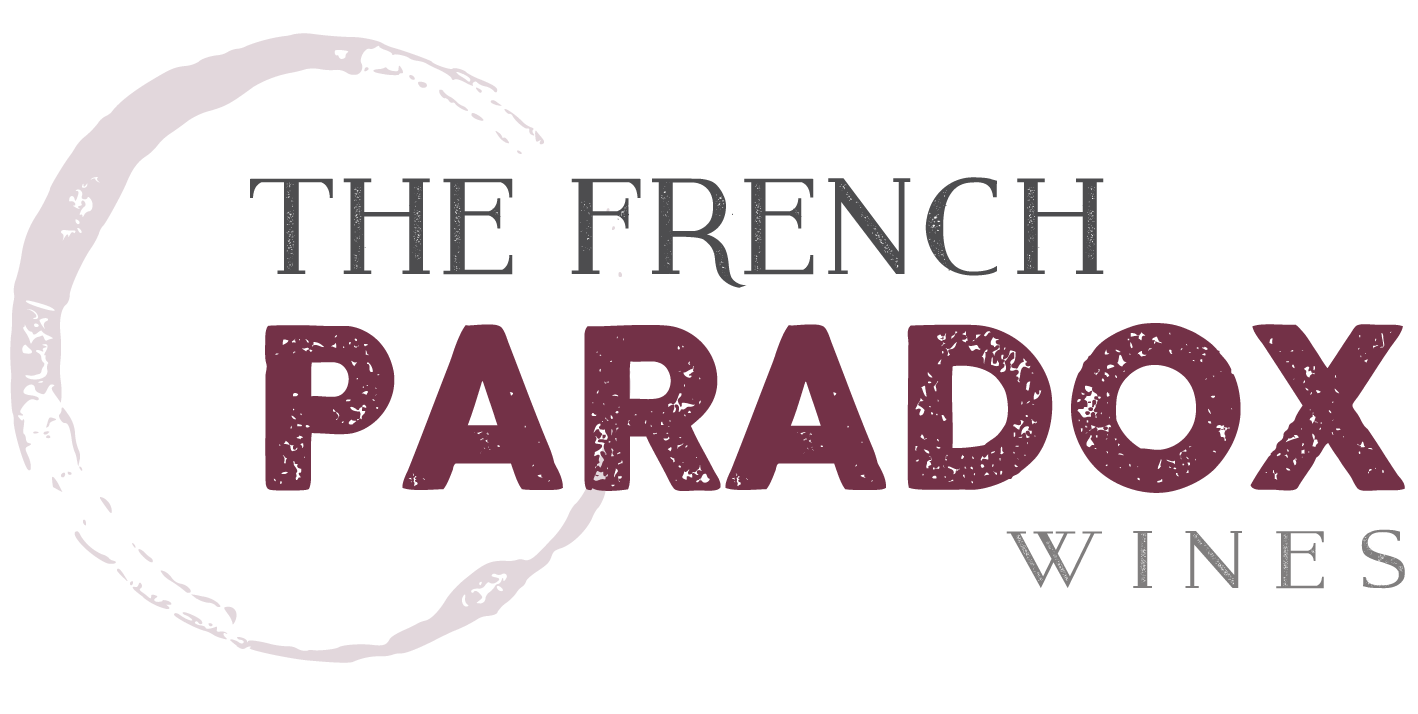Food and Wine! Or wine & food?
Some people insist on making drinking wine complicated. A case in point is the never ending debate about pairing wines with food. Should you? Of course. Must you? Of course not. And precisely, what pairs well with what?
Well, precisely, no one really knows. That’s because the same lack of precision that exists when tasting wine, exists when pairing wine and food together. A myriad of external factors (expectations, time of day, light, temperature, sound, stress level, company, etc., etc) influence our sensory perceptions. We don’t (typically) dine in a clinical environment in which all external factors are controlled for. Nor can we accurate control for personal preferences. To many people, fatty foods are sublime. To others, disgusting. What’s the correct wine then?
So, leave the precision for the poseurs. Instead, first focus on what you actually like. Next, disregard the ‘rules’…especially those rules that dictate what color the wine should be. Since the color of the grape doesn’t determine or even indicate the flavor, weight, acidity or texture of the wine, then why start there? Yes, there are absolutely some commonalities between, say, all Chardonnays, but there are also some distinct differences based upon location, climate and style (to say the least).
The best, non-arguable, rule of thumb is to match weight, not flavor. And the relative weight of a wine should not be judged merely by the grape or grapes (thankfully, not all Cabernet Sauvignons are highly alcoholic and unctuous) but by how the wine actually feels in your mouth. A less viscous wine is often a better wine with food than a thicker wine. Why? Because a less viscous wine is likely to have more acidity present then a thicker wine, and the acidity in the wine is really what the pairing is all about. Acidity in wines adds contrast (tartness) to the fruity flavors and actually cause you to salivate. Saliva is the vehicle that flavors ride to visit the various receptors in your tongue.
Tannins are similar yet different than acidity in wine. Because tannins bond with saliva in your mouth, high tannic wines often ‘feel’ thicker in your mouth even when they are demonstrably not. Tannins cause a drying sensation in your mouth, and high tannic, young wines can be unpleasant (which is why some wines should be aged. Age causes the tannins to soften, bond together and drop out of the wine.) Tannins and fats help each other; the tannins softens the fats (which contain flavor) and helps spread it throughout the mouth, while the fat softens the astringency of the tannic wine.
The bottom line? Juicy, fruit forward, viscous, low acidity and low tannic wines are fine…and fine without food. Thicker wines are often dominated by dramatic fruit flavors, which may mask the flavors of whatever it is that you’re serving. Crisper, fresher wines are also fine…and often better with food. The bright acidity doesn’t overpower the food, but is rather supportive. Neither is bad, neither is wrong, regardless of the passionate arguments presented by self-proclaimed arbiters of good taste.
